Muslin is a fabric that is especially popular in the production of bed linen, children's clothes and summer clothes. The material has many advantages compared to other cotton fabrics. There are 2 more varieties of this textile. Each option has a specific area of application.
Muslin fabric - what is it
Muslin is a fine cotton fabric that is made using a unique weave of threads. Nowadays, synthetic fibers may also be included in the composition. Coarse cotton of the calico brand is used as a base. After the fabric itself is formed, it is bleached, which makes it thinner and softer.
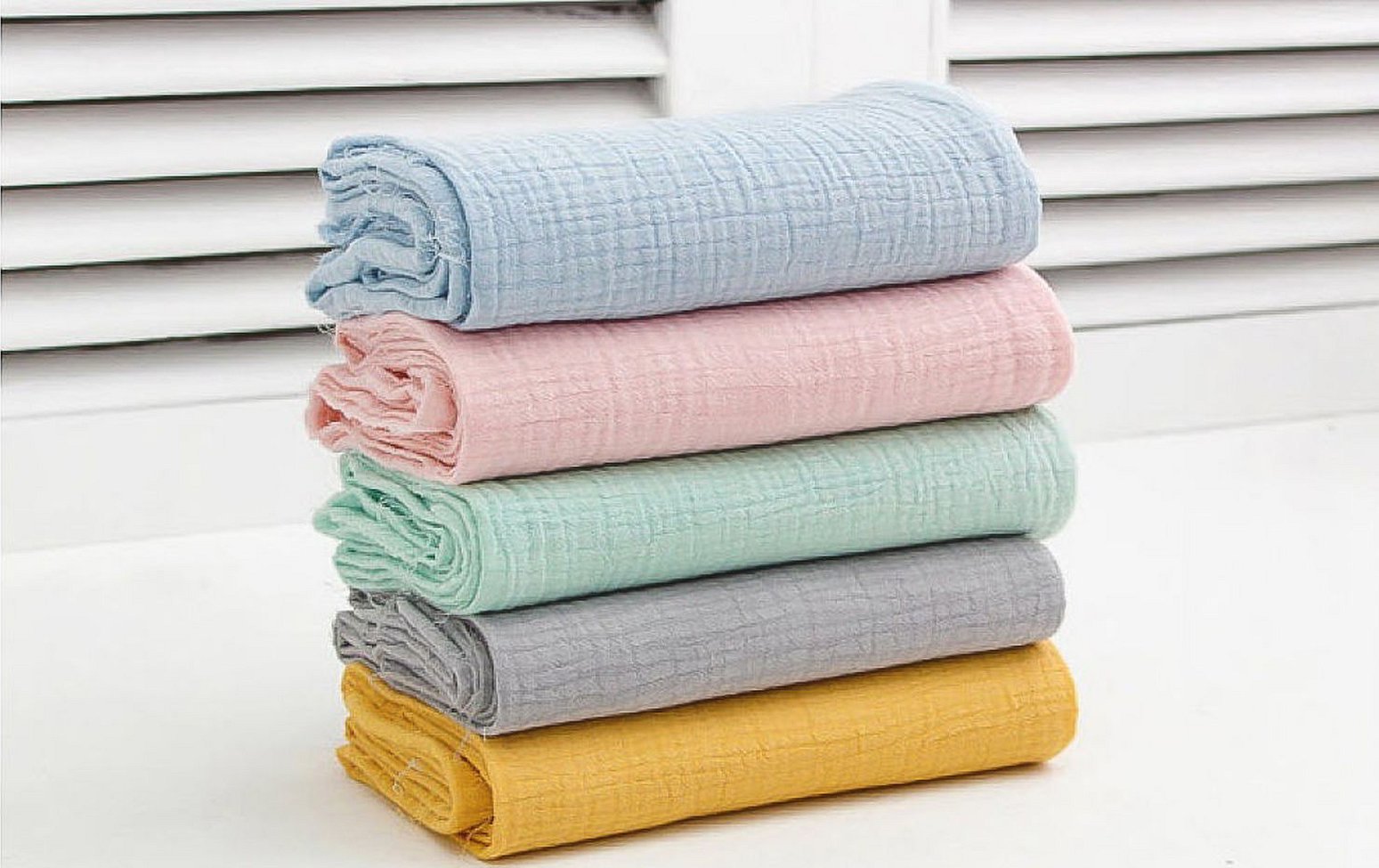
Additional information! The 37th wedding anniversary is named after muslin. The fabric is a symbol of strength and delicacy at the same time.
Muslin, what is it, is known in all countries of the world, as the material is extremely popular due to its characteristics. Such textiles are especially relevant in hot countries of the East.
History of origin and application
What muslin is, was first learned in Iraq. The fabric, unique in density and appearance, was produced in the city of Mosul. As a result, the product was named after its place of origin. The weaving technology is complex, the process is long and painstaking.
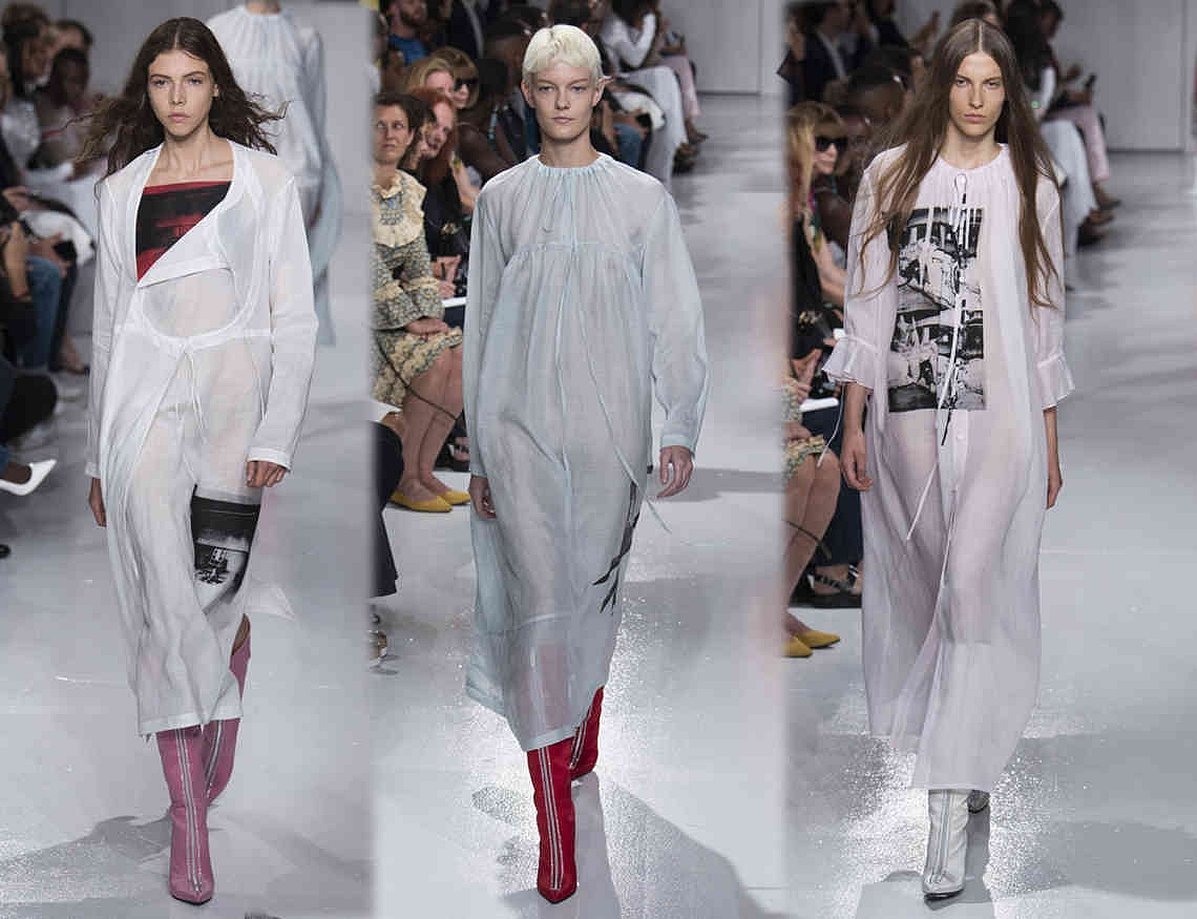
The material quickly became a popular analogue of many types of textiles in a hot country. Then muslin began to appear in European countries. In the 17th century, textiles became popular in France - many tailors sewed light summer clothes from it. Usually, muslin fabric, what it is, only aristocrats knew. The material was and is very expensive due to the unique technology of its production.
Characteristics and properties
The very first, but almost irrelevant type is muslin cotton. But other composition options are more relevant in modern fashion, as they have a clearer shine and a longer period of wear. There are only 3 types of natural muslin:
- silk;
- woolen;
- cotton.
Additional information! Silk muslin has almost the same properties as cotton, but can retain heat like wool.
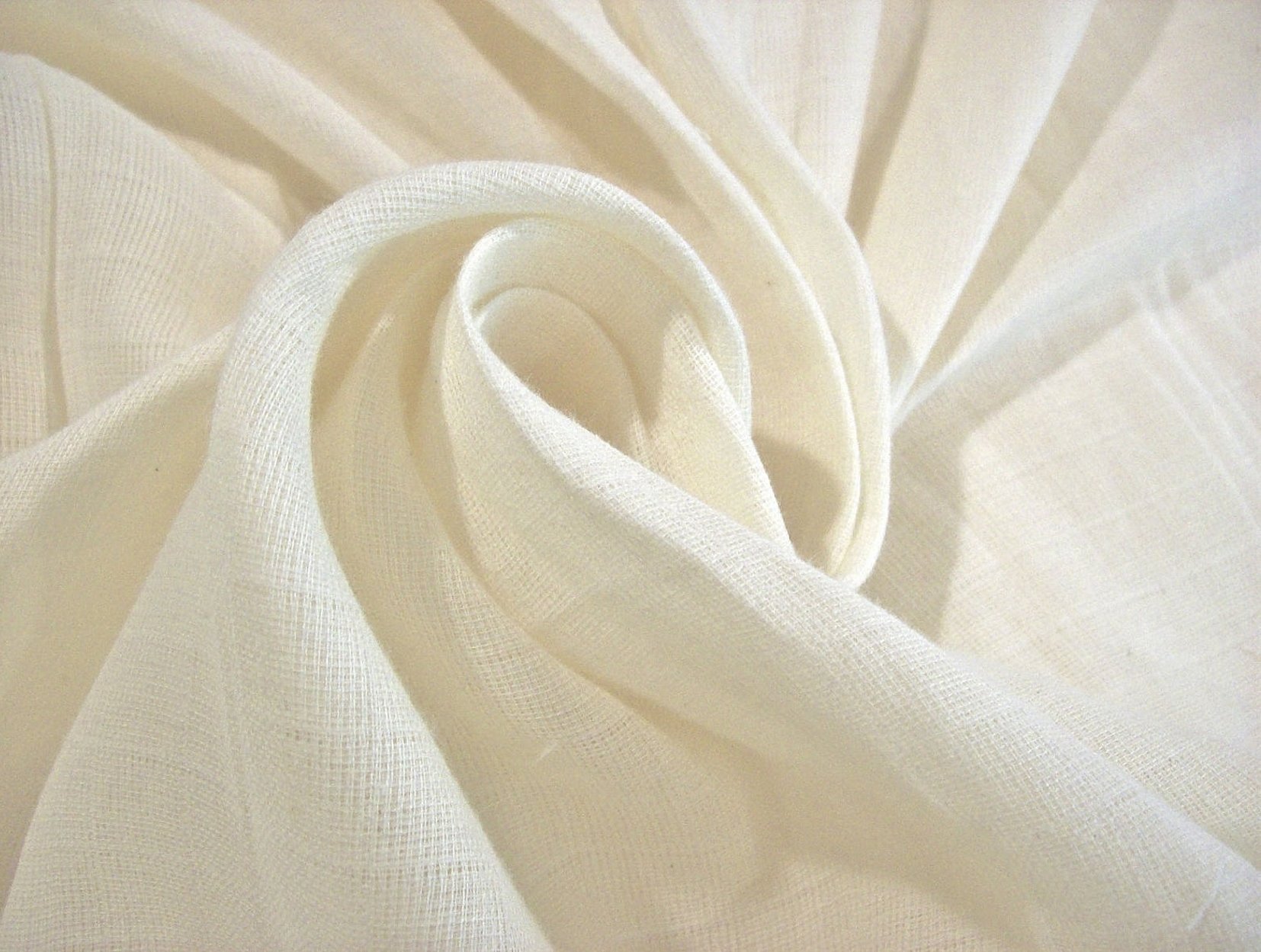
Muslin material stands out among other cotton materials due to its texture and translucent texture, lightness and slight surface shine. If mixed compositions are used, the characteristics of the material may change.
Properties of cotton muslin
Cotton muslin has the following properties:
- The weight of the canvas is small.
- The texture is soft.
- The fabric is translucent.
- Absorbs sweat, creating a feeling of coolness during wear.
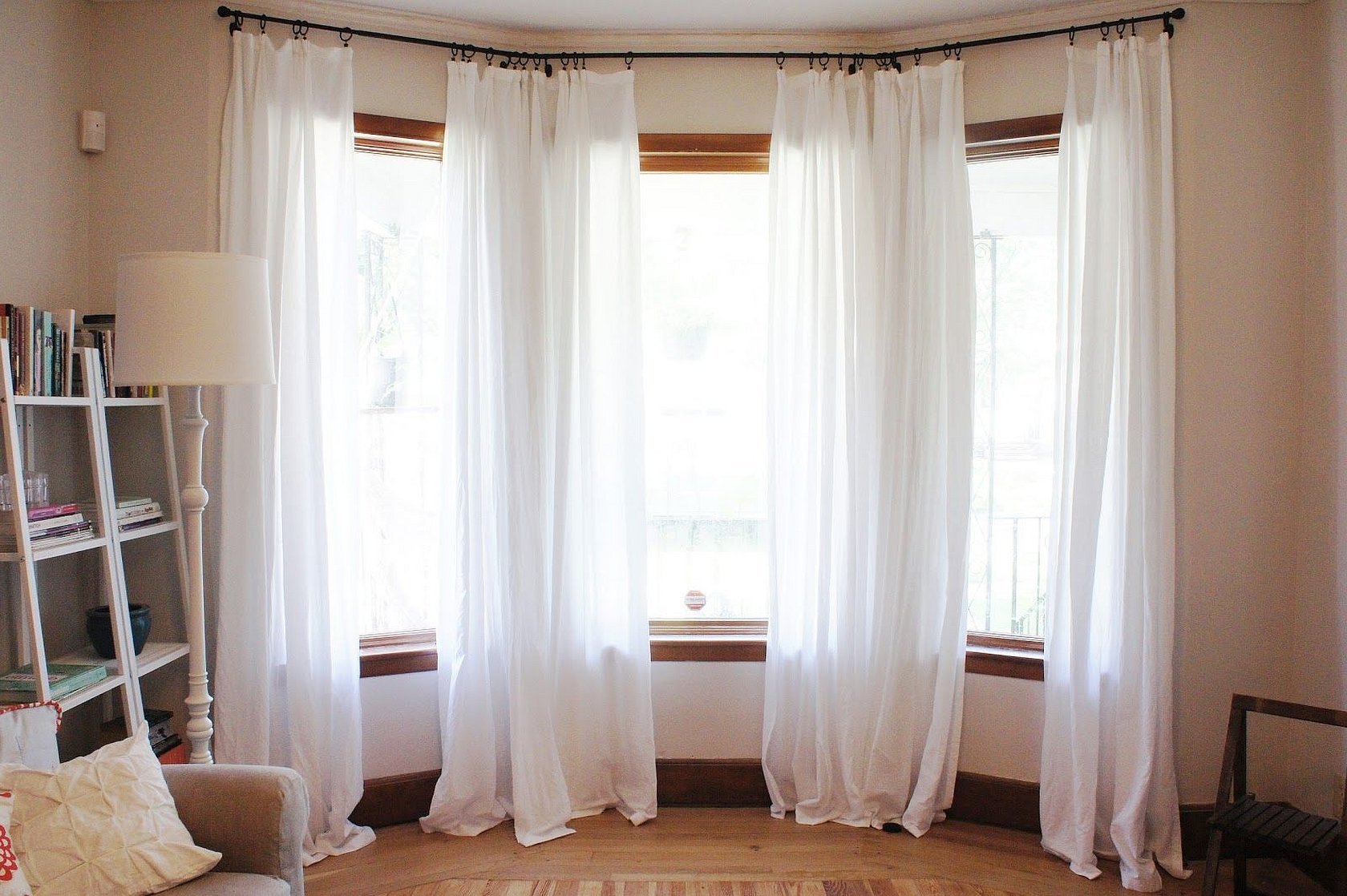
Used for sewing light curtains and summer clothes.
Properties of wool muslin
Wool muslin is made by twisting wool threads. This material retains heat well, but the texture is translucent. The fabric is dyed in bright colors, decorated with an ornament, and decorated with decorative elements. Double wool muslin is used to sew warmer things.
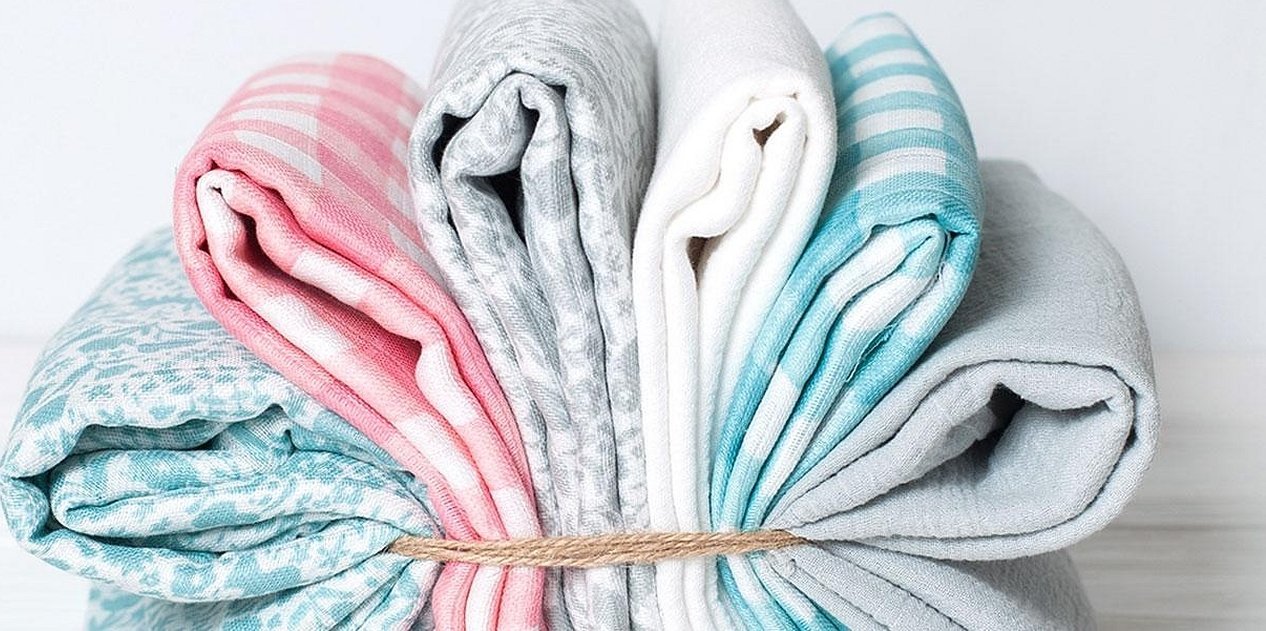
Muslin Bed Linen: Features
Muslin bed linen will differ from other sets in the softness and thinness of the fabric. Bed linen made of such material has the following advantages:
- It is pleasant to the touch, so it is often used for sewing children's bed linen.
- Hypoallergenic and hygienic fabric does not cause skin irritation.
- Allows air to pass through, allowing the skin to breathe.
- Absorbs sweat but does not remain wet.
- Can be of any color and configuration.
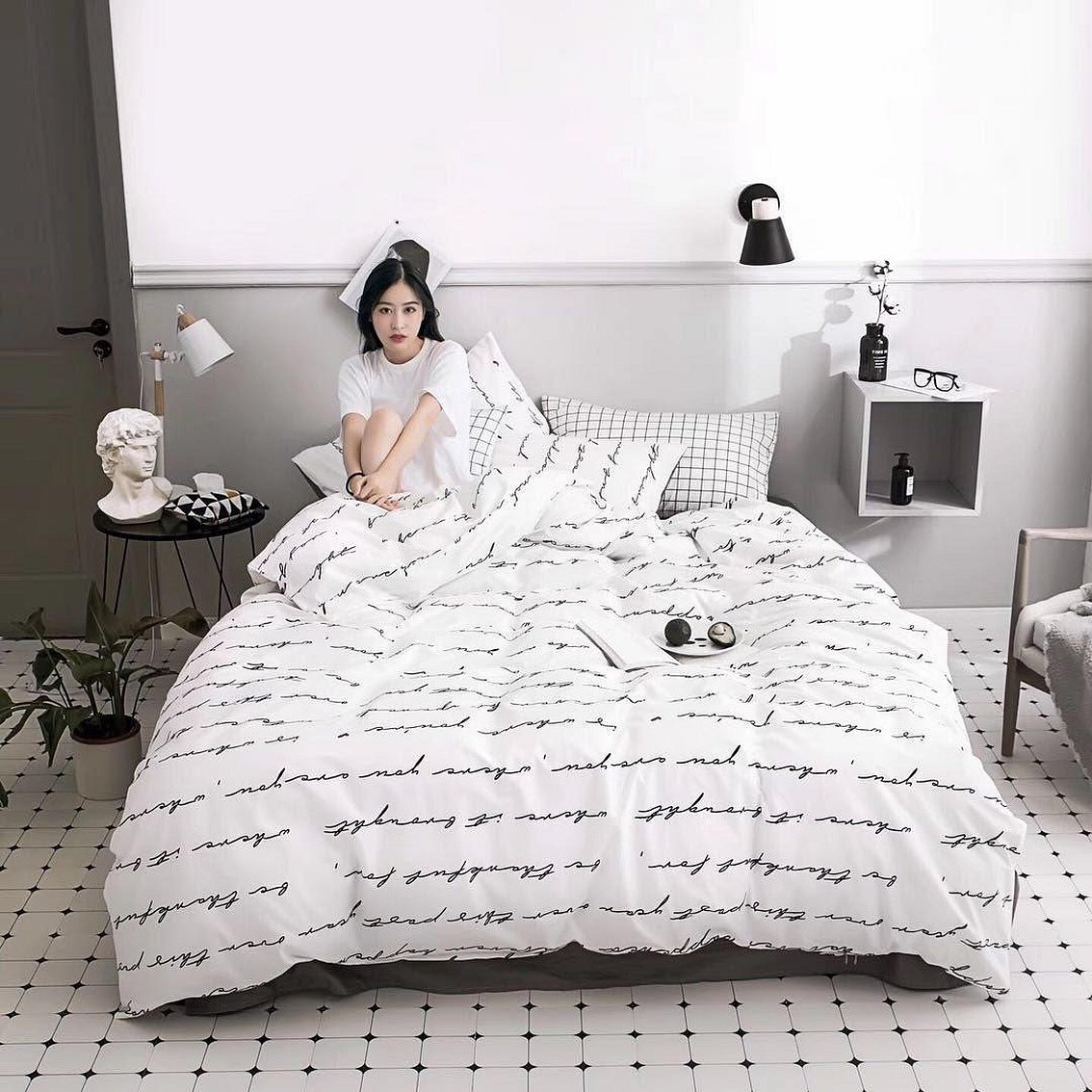
The description of bed linen made from the stated fabric makes it an almost ideal option for a summer bed.
Scope of application
The area of application of the fabric is very diverse. This is possible due to the universal properties of textiles. What can be sewn from muslin fabric:
- The soft texture is suitable for making children's clothing. Muslin swaddling clothes, baby clothes and bonnets are valued.
- White muslin can be used to make medical gowns. In India, the textile is used to make work clothes. It can be used as a decoration at weddings.
- You can make bedding. For example, a summer blanket. Sometimes a canopy is made, which will protect the bed from insects.
- Black and red muslin are usually relevant when sewing expensive evening dresses and suits.
- Green muslin can be used to decorate curtains and partitions on a summer terrace.
- Curtains and bedspreads made of the material are used in designer interiors.
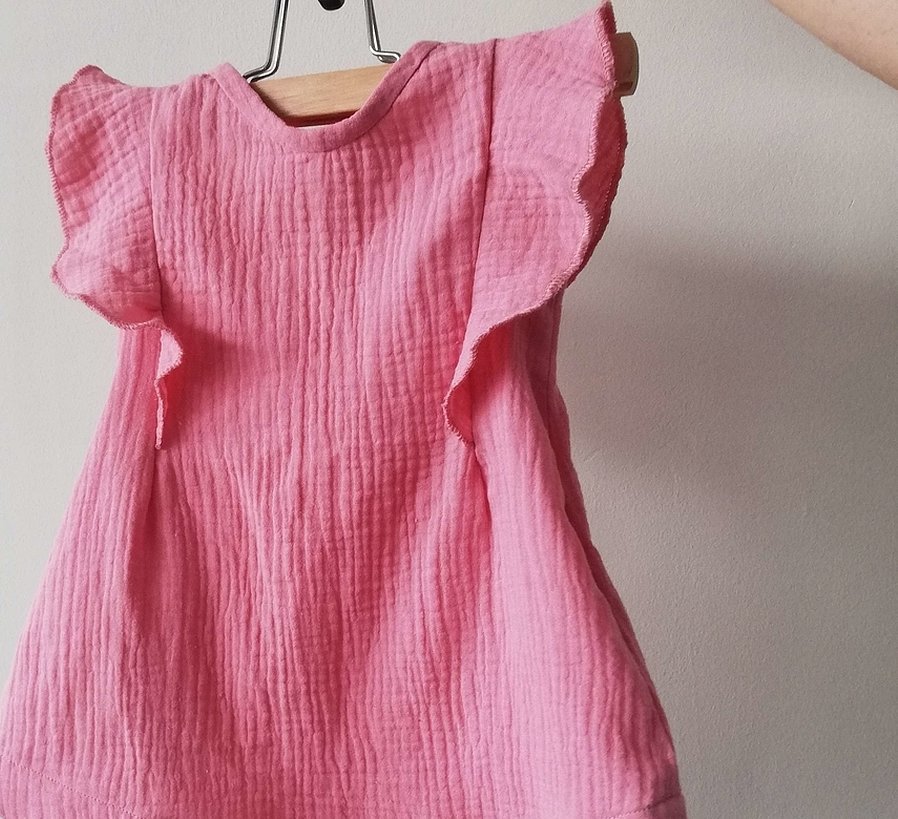
There may be other areas for using the fabric – the main thing is to use your imagination and approach the process creatively.
Features of fabric care
The main feature is the correct care of textiles. If you follow all the recommendations, the material will remain visually attractive and soft to the touch. Care features:
- Wash only in cold water, maximum water temperature is 30 degrees.
- It is better to dry on a rope, completely straightening the canvas. You can pre-dry it in a machine.
- Iron the fabric using minimum temperature settings. It is advisable to use an iron with steam.
- Do not dry the fabric in the sun. The fabric will become rough to the touch and lose its color saturation.
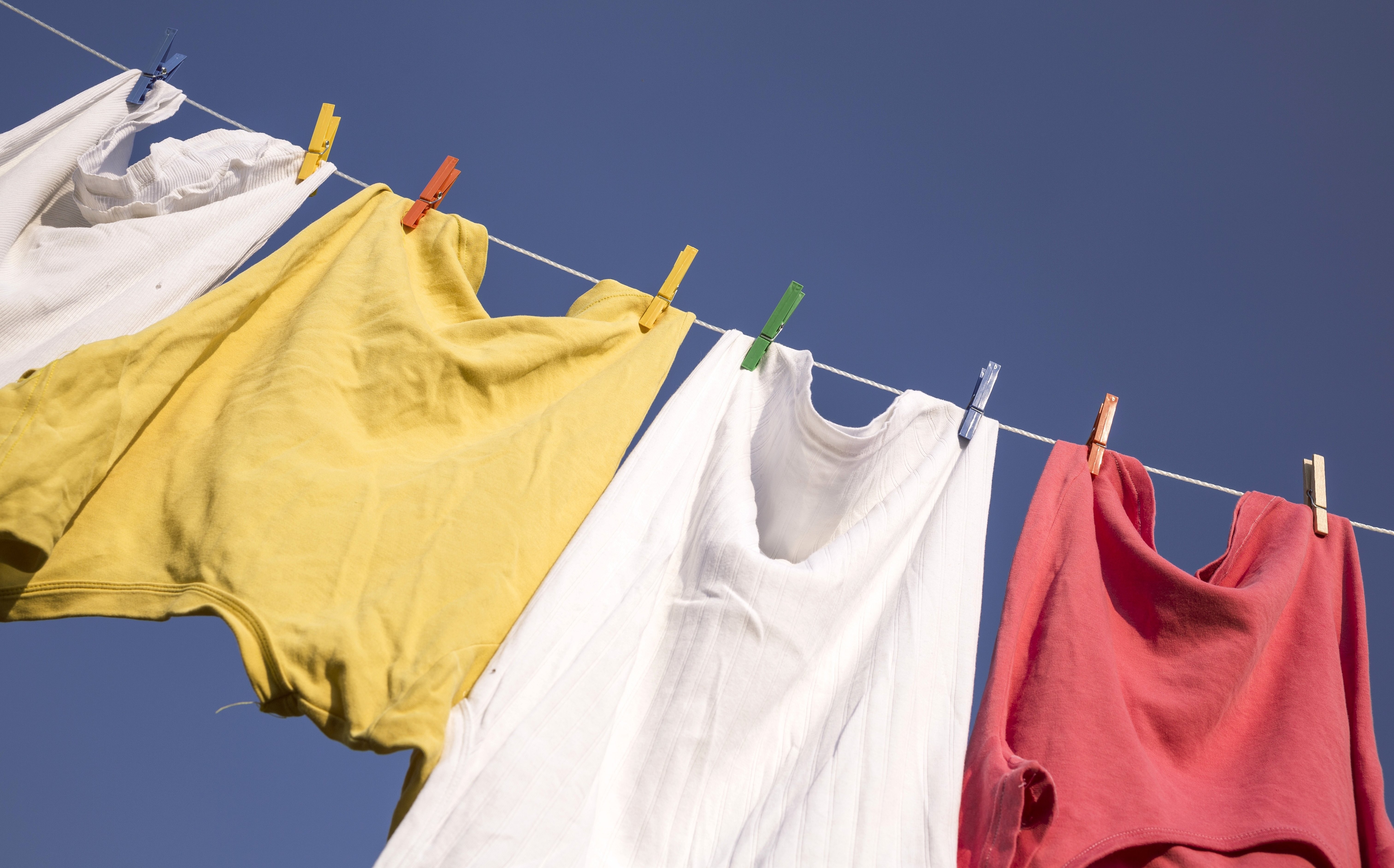
Important! It is advisable not to use aggressive household chemicals so as not to damage the fibers.
In order not to spoil the textile, it is necessary to follow the care principle at every stage.
Machine wash muslin
When buying products made from the presented material, you should immediately carefully examine the label, which indicates the care instructions. If you follow the instructions, there will be no problems with washing:
- You can first soak the fabric in cold water, lightly soaping particularly dirty areas.
- The water temperature should not exceed 40 degrees.
- It is strictly forbidden to wash the material with other fabrics - discoloration may occur.
- It is advisable to use delicate modes when washing in a washing machine.
- Use non-aggressive products and substances to avoid damaging the canvas.
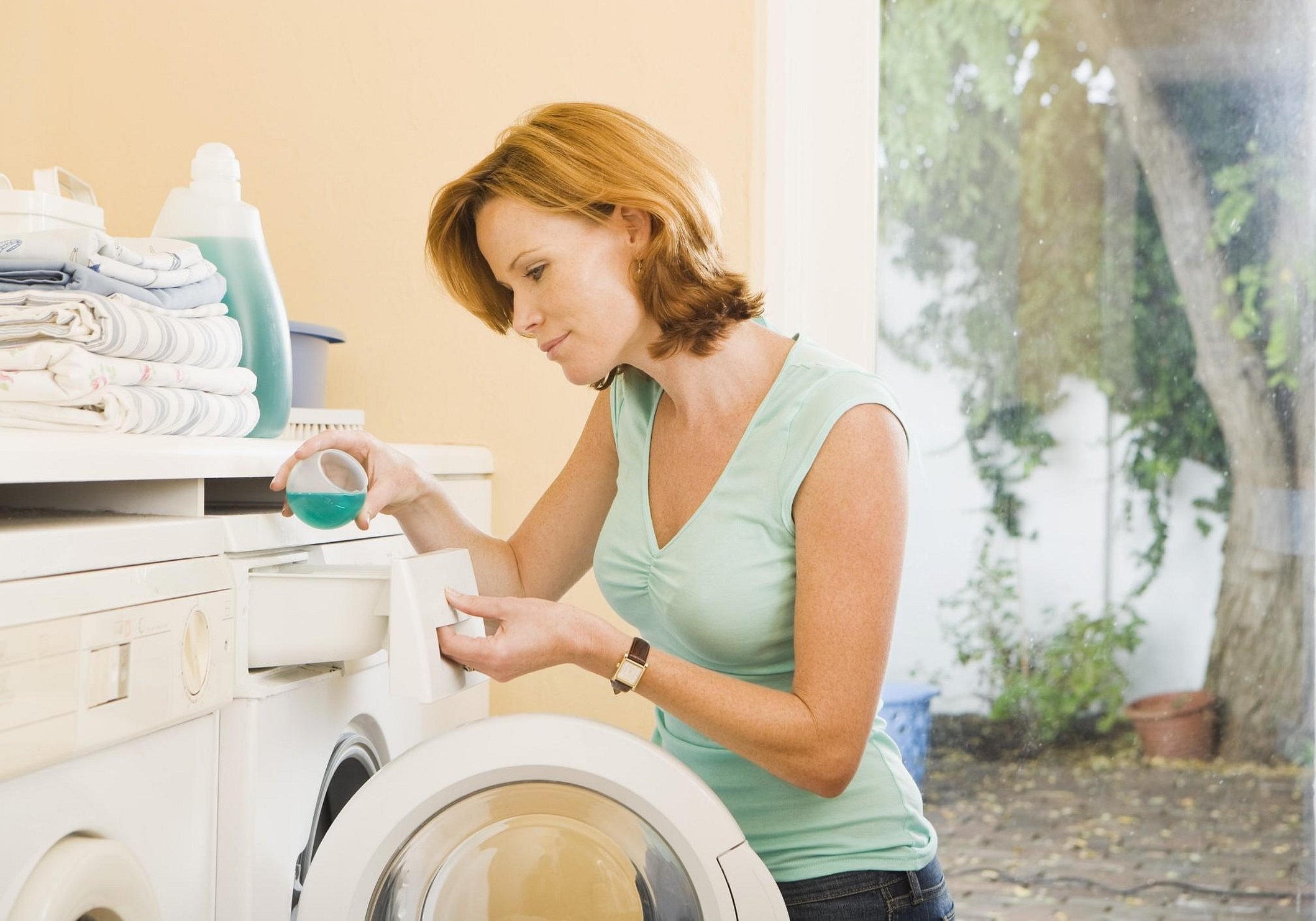
Important. You need to wash this fabric very carefully in the washing machine so as not to damage the fibers.
Advantages and disadvantages of muslin
The fabric has its advantages and disadvantages. When buying products and things from this type of textile, it is worth knowing about the two sides of its use. The advantages can be described by the following points:
- Pleasant to the touch.
- Wear-resistant.
- Hygroscopic.
- Dries quickly.
- Allows air to pass through, allowing the skin to breathe.
- Provides excellent heat exchange, which is especially important in hot weather.
- The fabric does not form pellets.
- Hygienic and environmentally friendly.
- Very attractive in appearance.
There are also disadvantages that relate to the wearing and care process:
- Natural fabric wrinkles easily when subjected to mechanical stress.
- The price of the fabric is quite high.
- Ideally suited only for making summer items, as it does not have heating properties.
There are also individual disadvantages inherent to a certain type of material:
- Cotton – quickly loses color during washing.
- Silk - threads are subject to strong division due to the complete lack of plasticity of the fabric.
- Wool - snags and even small pellets may form on the surface, which worsens the appearance of the material.
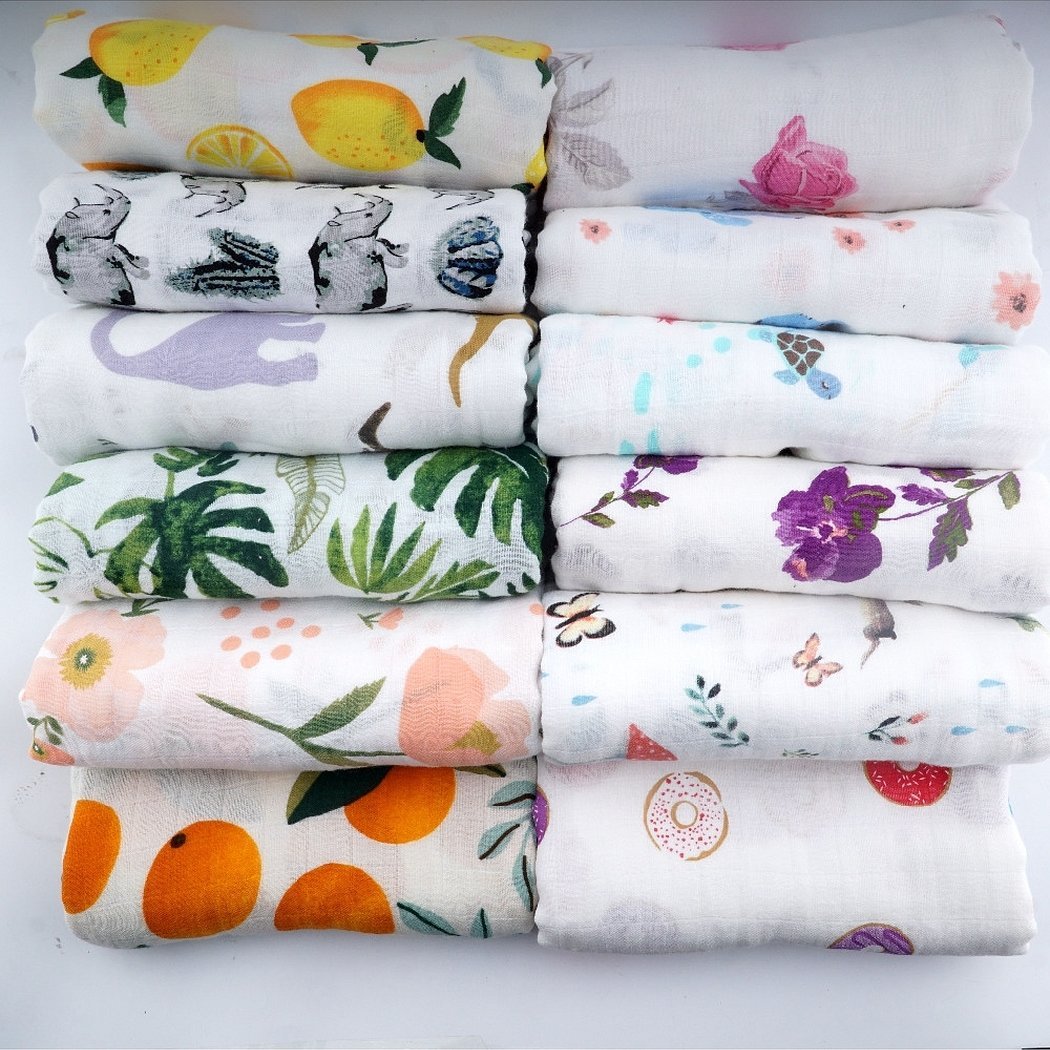
The new material is not subject to such negative impacts, since the fabric begins to deteriorate after a certain number of washes.
The fabric is popular among lovers of natural fabrics. The unique manufacturing principle was developed in Iran and has become widespread among many countries in Europe and the East. It is widely used as a basis for making many things and products. Textiles require special care to maintain an attractive appearance for a long time.




